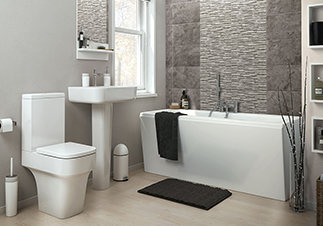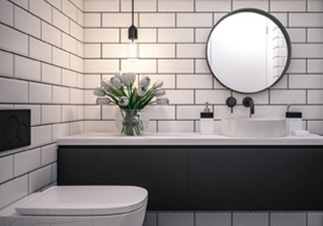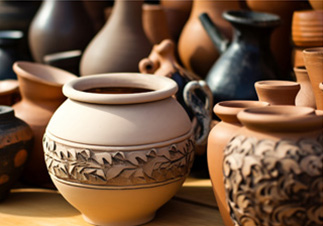
Sodium Feldspar acts as a flux in the ceramic industry, forming a glass phase in the body during firing, thus promoting vitrification. They are also used as an alkali and alumina source in glazes.



Call Anytime:
+86 15837207537Send E-mail:
info@lsakminerals.comSodium feldspar has good density, high heat resistance and low cost. It is widely used in the production of ceramic products such as sanitary ware, tableware and tiles. It helps to improve the performance and cost-effectiveness of the final product, so it is a popular choice for manufacturers.







Whether you have questions or you would just like to say hello,Contact us!
Call Anytime:
+86 15837207537Send E-mail:
info@lsakminerals.comAddress:
Anyang City , Henan Province, China.